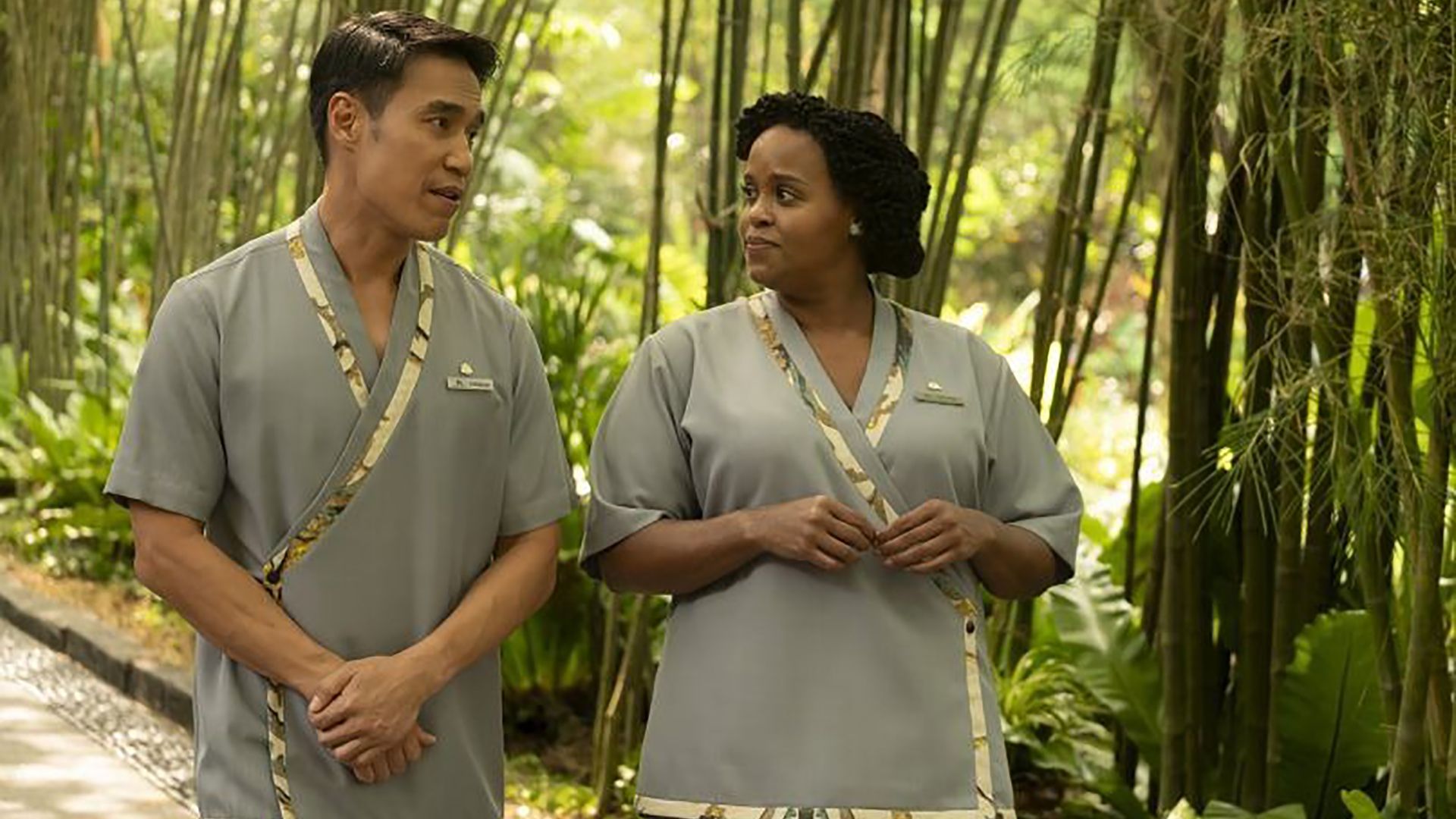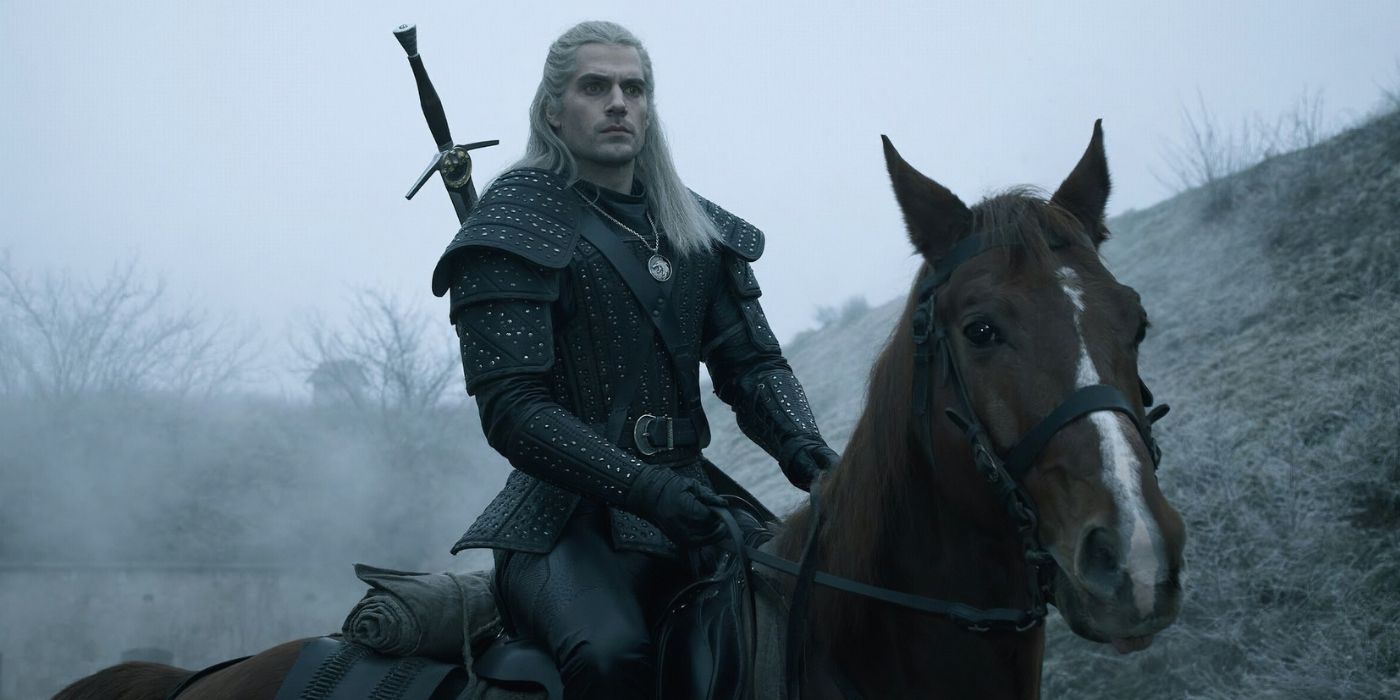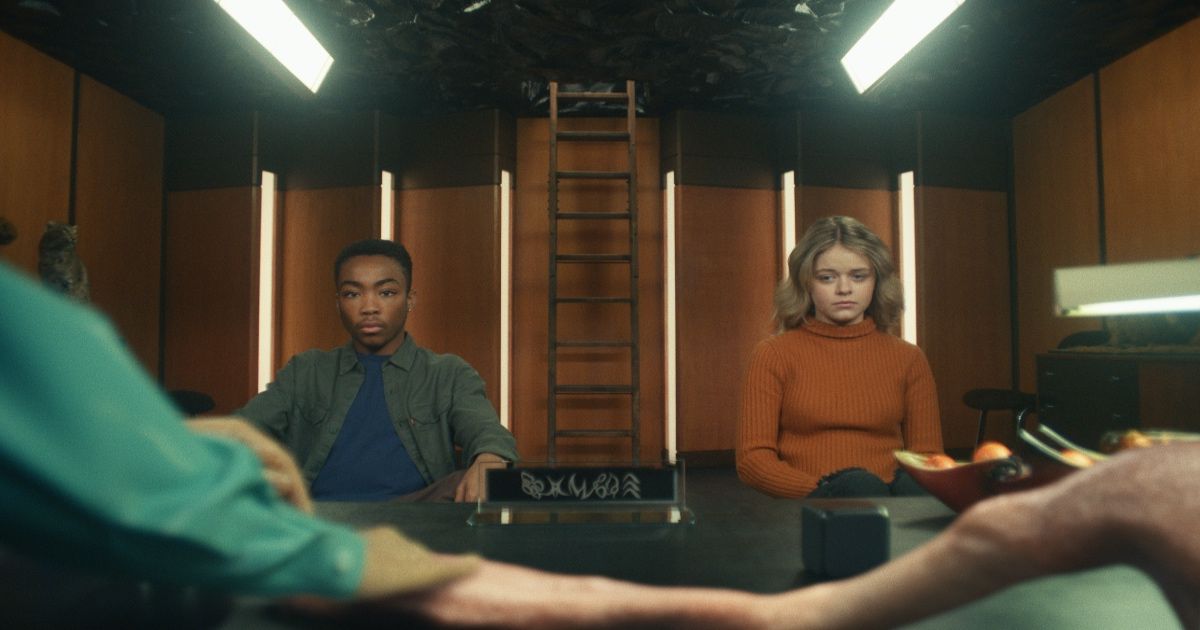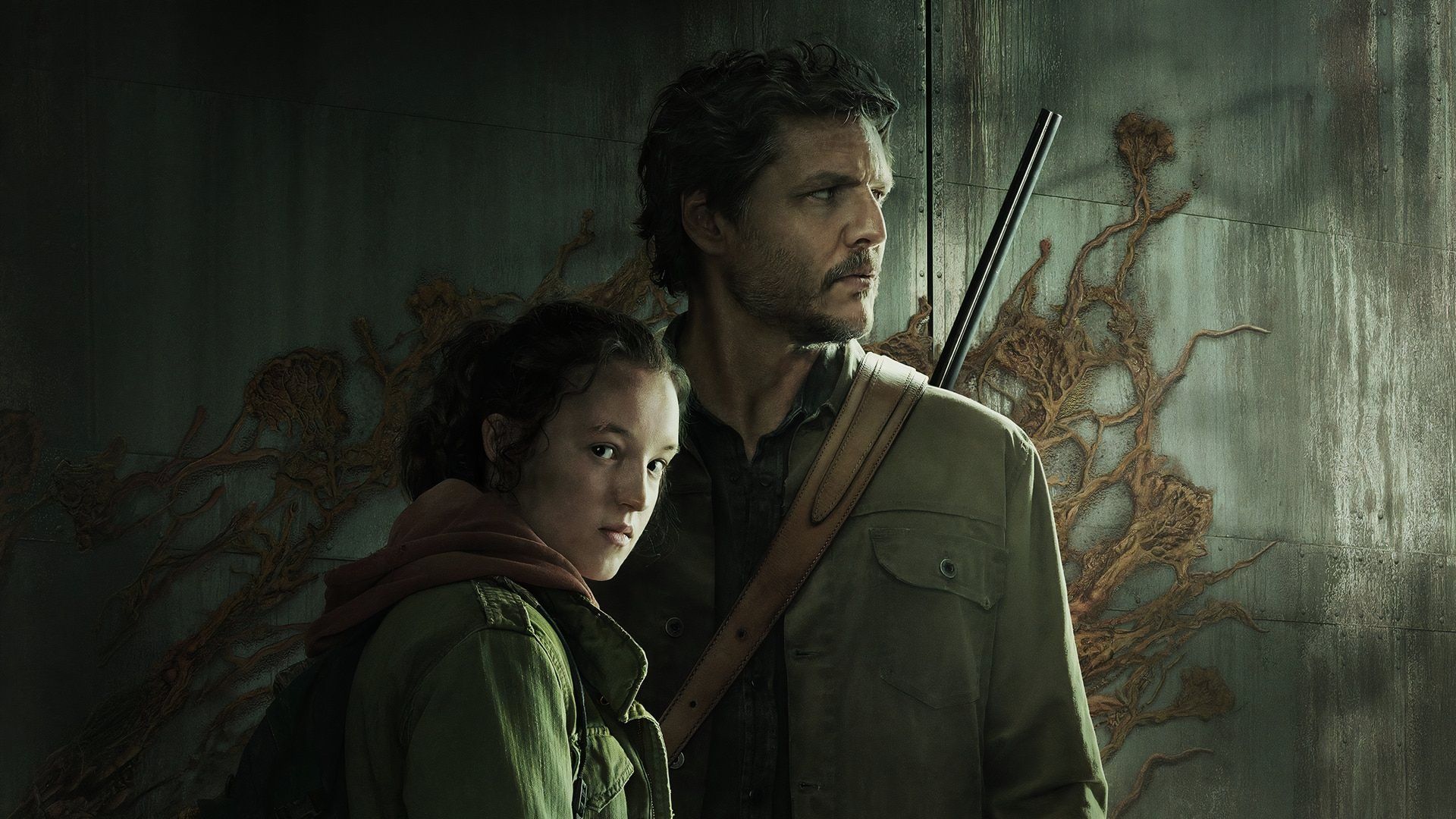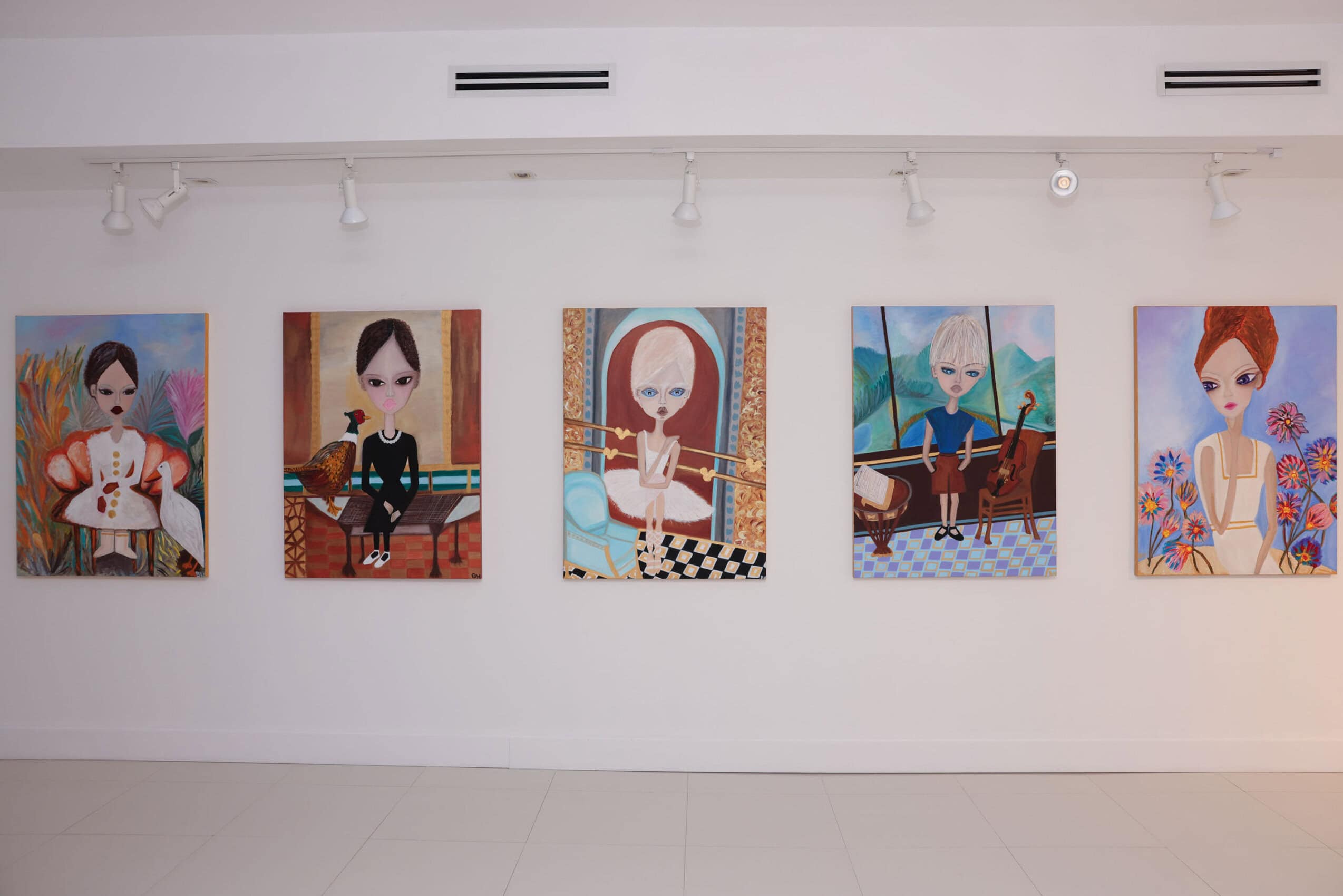For so much of “L’Eclisse,” Vitti is a kind of human tuning fork or weather vane, stripped down to some essence that had never been shown on screen before. Antonioni asks that we really look at the things he shows us, particularly buildings and streets and street life, so that they might tell us something about the mysterious life we are leading. Vitti is his designated watcher. If you yield to the rhythm of “L’Eclisse,” every shot of her carries an accumulating suspense. We see something. We see how Vitti reacts to it. When she manages to find a kind of calm or joy in what she sees, we ourselves can experience that joy. Plot and character and everything else we are trained to respond to in movies fall away, and they are not missed. In fact, if you give in to the rhythms and the questionings in the Antonioni-Vitti films, they make more conventional movies seem false and very rejectable.
Throughout Antonioni’s films, there is a feeling that Africa is a country in which true calm might be found, and this idea reaches its conclusion in his masterpiece “The Passenger” (1975). There is a scene in “L’Eclisse” in which Vittoria puts on blackface and does a dance around her room, and it stems from this longing for Africa. Critics have tried to explain it or place it in some kind of context, but it mars the film, mainly because Vitti’s behavior conforms to a cutesy stereotype of a tribal woman. This is very unfortunate, because aside from this scene “L’Eclisse” is one of Antonioni’s most profound films; it is very much a triumph for Vitti, particularly in the last famous moment where she reaches some kind of understanding in close-up and then the film proceeds without her. Like Anna in “L’Avventura,” Vittoria disappears from her own movie. To Africa? To space? It doesn’t matter, because Antonioni’s final motto seems to be “Anywhere but here.”
Vitti played a woman on the brink of a total breakdown in Antonioni’s “Red Desert” (1964), which is in color, and then she became an international star for a bit, cavorting as a sexy spy in Joseph Losey’s “Modesty Blaise” (1966) before returning to Italy to appear in a series of popular comedies in which she was very lively and high-spirited. She was in a segment of Luis Buñuel’s “The Phantom of Liberty” (1974), and in 1980 she made her final film with Antonioni, “The Mystery of Oberwald,” an adaptation of a Jean Cocteau play that served as a vehicle for her and another chance for Antonioni to experiment with color.
You can view the original article HERE.



